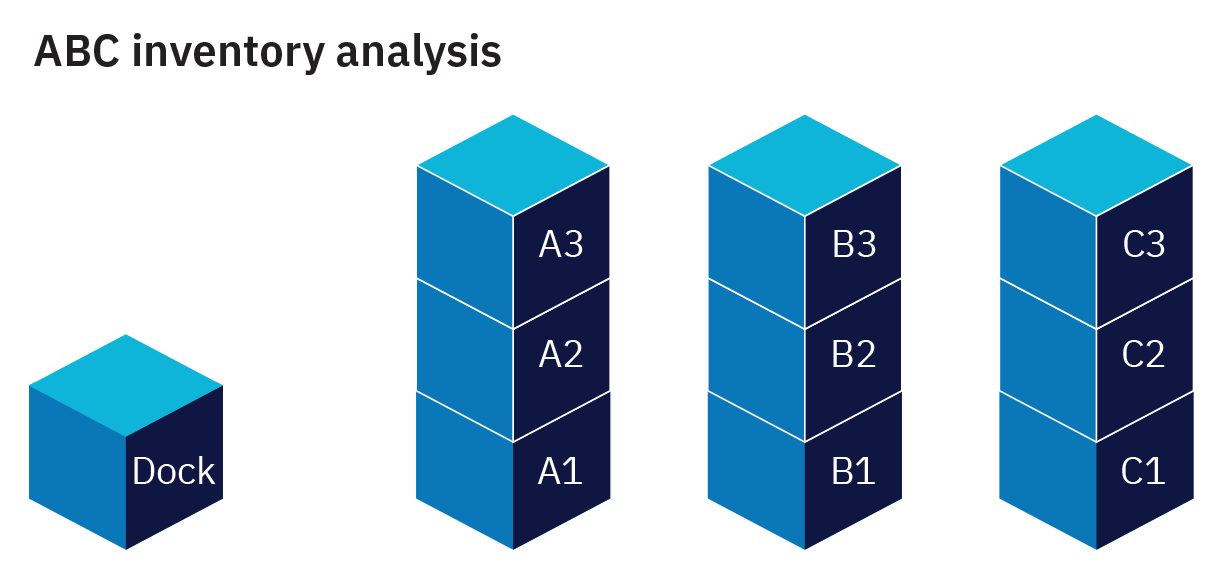As warehouse managers seek ways to be more efficient and agile, one priority consistently rises to the top: moving products easily, quickly, and safely. As supply chain demands shift and e-commerce continues to grow, the ability to move products in better ways becomes even more important.
The inbound process deals with more products on more predictable schedules, but the outbound process is often more complex. Choosing the best locations for products can make a critical difference in warehouse operations.
Where to store products
There are some relatively straightforward principles in location selection: locations near docks offer more efficiency compared with those farther away from docks. So best-selling products that need to move quickly and in higher volumes should be stored closer to the dock, while those that aren’t are stored farther away. In warehouse operations, most managers are using this type of ABC inventory analysis.

However, some nuances come into play. For instance, because the racks are stacked vertically, it could take longer for a worker to pick up products from high racks in location A than from lower racks in location C. Is A3 easier than C1 for moving a product to the dock? What about B3 or C2? To answer these questions and make more effective changes, managers need to rely on quality data.
Measure the operating time
Motion2AI uses camera sensors to figure out the position of forklifts, a process called “simultaneous localization and mapping” (SLAM). This gives managers a view into operation time by location using the positional data. The operation time is dependent on several variables beyond distance to a dock, including rack structure, aisle width, forklift type, and product volume. By understanding how the different variables affect operating time, managers can make better decisions that ultimately speed up the time it takes for workers to move products.
As more retailers, supply chain executives, and others demand greater speed, agility, and efficiency, warehouse managers can turn to reliable, high-quality data that leads to better decisions. With easy-to-install and highly mobile sensors, Motion2AI’s technology can help managers see ROI more quickly than legacy options.